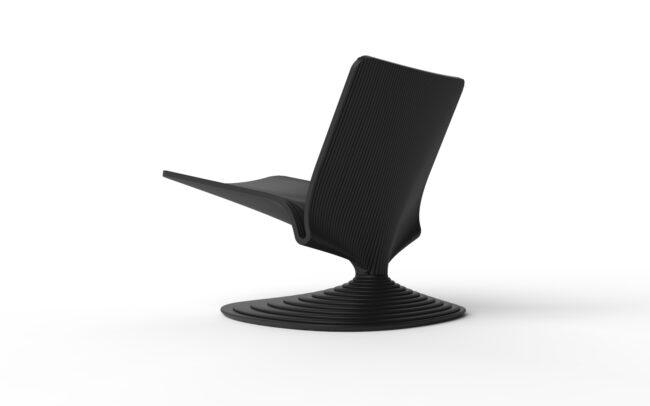A collaborative course with large scale 3D printer manufacturer BLB Industries
3D-printing has established itself as one of the most exciting advancements in manufacturing technology. Large corporations like Airbus, Deutsche Bahn, and various automotive producers have invested significantly in this area, dedicating substantial parts of their production facilities to it. This technology facilitates the onsite production of spare parts, saving time, effort, and logistics costs. Compared to other manufacturing methods, 3D-printing enables the creation of incredibly material-efficient components that are lighter and sturdier. Additionally, it empowers designers to generate highly customized projects and heralds a new era of formal language unconstrained by traditional industrial manufacturing limitations.
One rapidly advancing 3D-printing technique is Fused Granular Fabrication (FGF). This process constructs a product from molten plastic granules rather than a continuous filament, as in Fused Deposition Modeling (FDM). This approach boosts speed, reduces material costs, and permits the creation of much larger objects in a continuous process.
In collaboration with the Swedish large-scale 3D printer manufacturer, BLB Industries, an entire semester was devoted to evaluating, investigating, researching, and testing the possibilities and limitations of this technique for the design and production of chairs. The project focused on the following objectives:
1) Emphasizing the large nozzle size (8mm) and visible print layers as a unique feature of the technology.
2) Highlighting specific material properties, such as color, texture, or hydrophobicity.
3) Developing a generative design that deviates from the predominantly minimalistic forms of the previous century.









